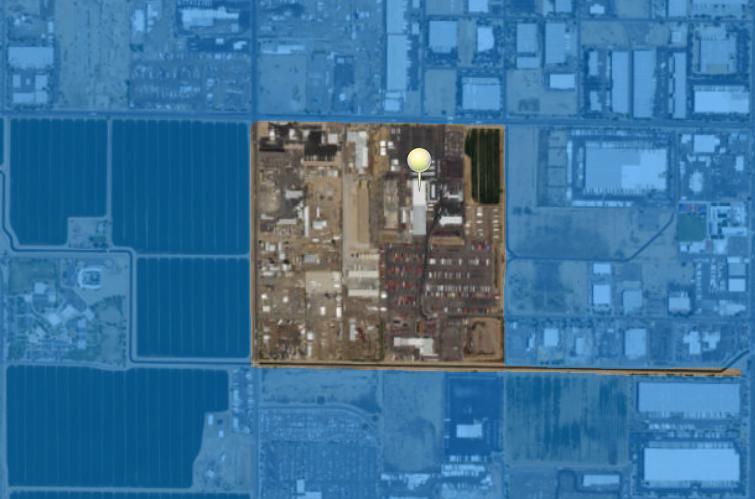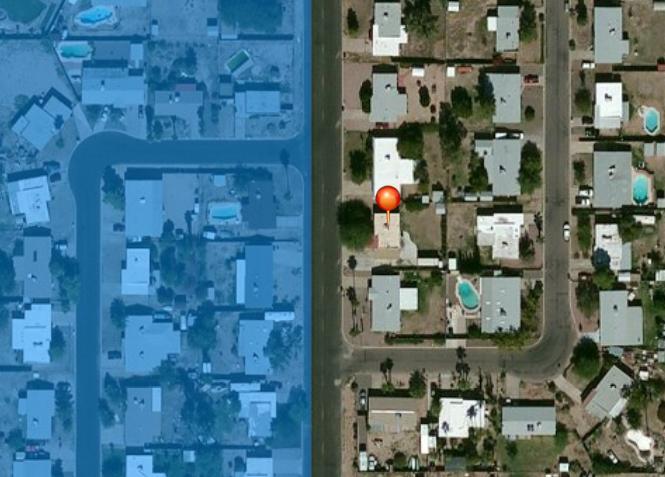In a recent blog we discussed how to identify Incorporated and Unincorporated places. There are a number of reasons this is important, one of them being to determine accurate area tax rates. As mentioned in that earlier post, boundaries of a place do not always have clean lines. On the same street block there could be neighbors living side-by-side, who fall on different sides of that boundary. Therefore, they would be subject to a different local tax rate.
Our DOTS FastTax API is designed to calculate sales and use tax rates for a given address input. Our newest operation, GetBestMatches, now has the capabilities to determine this boundary data and return the most accurate tax rates for a given address. Leveraging additional resources available in our DOTS US Address Validation and Geocoding, we can better understand the nuances of these places, their unusual boundaries, and tax rate differences.
For example, in Service Objects’ hometown of Santa Barbara, there is an area between Santa Barbara and the nearby city of Goleta, affectionately known as “Noleta.” Although most of the inhabitants of this area consider themselves Santa Barbara residents, Noleta is considered Unincorporated when it comes to determining city tax rates.
Let’s look at another example in Phoenix, AZ.
Phoenix has a city tax rate of 2.3 percent city tax rate within the city’s boundaries. Per the image below, all locations in blue in this area are considered Incorporated and subject to the city’s 2.3 percent tax rate. However, any building within the unshaded block which includes “5601 W. Buckeye Rd. Phoenix, AZ 85043” is considered Unincorporated and therefore not subject to the city’s tax rate.

Yet another example located in nearby Mesa, Arizona — “901 N. 96th St., Mesa, AZ 85207”:
96th Street happens to be a street where boundaries differ depending on which side of the street you are on. In this case the even-numbered side of the street is incorporated and the odd-numbered side is unincorporated. The town of Mesa, Arizona has a 1.75 percent city tax rate. Therefore locations on the odd side of 96th Street actually have lower taxes because that side of the street is unincorporated and not subject to Mesa’s city tax.

These examples highlight only a few challenges businesses can experience when determining tax rates for their customers. Here at Service Objects we’re always looking for ways to help businesses provide the most accurate data. With the help of our latest FastTax operation, GetBestMatch, it’s no longer necessary to be a local in order to understand the nuances of places, their unusual boundaries, and tax rate differences like the ones above.













